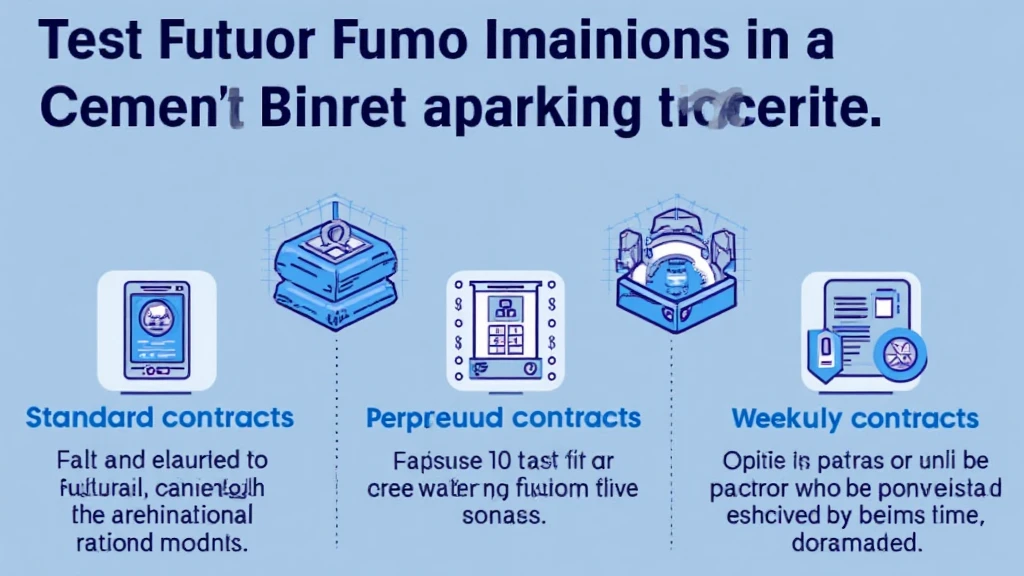Exploring Synthetic Asset Protocols in Vietnam
With the rise of decentralized finance (DeFi) and digital trading platforms, synthetic asset protocols are becoming a vital part of the landscape, especially in rapidly developing markets like Vietnam. In 2024, DeFi hacks resulted in a staggering loss of approximately $4.1 billion. This growing concern around security raises the question: how do synthetic asset protocols protect investors and ensure integrity in transactions? In this article, we will dive into what synthetic asset protocols are, their implications in the Vietnamese market, and why they are critical for future developments in blockchain technology.
Understanding Synthetic Assets
Synthetic assets are financial instruments that replicate the value of other assets, allowing investors to take positions without having to own the underlying asset directly. Think of them as the digital equivalent of derivatives, enabling individuals to trade synthetic versions of stocks, commodities, and currencies through blockchain platforms.
- Benefits: Enhanced access to investment markets.
- Flexibility: Ability to go long or short on asset prices.
- Security: Reduced counterparty risk due to smart contracts.
This innovative approach is becoming increasingly relevant in Vietnam, a country witnessing a rapid increase in cryptocurrency usage and digital asset adoption, making it paramount to understand how these protocols operate.

The Rise of Synthetic Asset Protocols in Vietnam
As cryptocurrencies gain popularity among Vietnamese investors, the market is witnessing substantial growth. Recent studies indicate that Vietnam is among the top countries in crypto usage, with user growth rates reaching over 40% year-on-year. This environment presents a fertile ground for synthetic asset protocols.
| Year | Crypto User Growth Rate (Vietnam) |
|---|---|
| 2021 | 25% |
| 2022 | 35% |
| 2023 | 40% |
According to Chainalysis, Vietnam’s digital asset market is expected to grow exponentially within the next few years, making it essential for investors to understand how synthetic asset protocols can enhance their trading strategies.
Composition of Synthetic Asset Protocols
At the heart of synthetic asset protocols lies a combination of blockchain technology and smart contracts. Let’s break it down for easier understanding:
- Decentralization: Unlike traditional finance, synthetic assets operate on a decentralised blockchain, ensuring transparency and reducing fraud risk.
- Smart Contracts: These programmable contracts automate transactions, eliminating the need for intermediaries and enhancing efficiency.
- Collateralization: To mint synthetic assets, users must provide collateral, which helps hedge against price volatility, ensuring the value of the synthetic asset mirrors that of the underlying asset.
Using synthetic assets allows investors in Vietnam to hedge against market fluctuations and gain exposure to various asset classes without incurring significant risks.
Local Market Impacts and Challenges
Despite the positive outlook of synthetic asset protocols in Vietnam, there are still challenges that need to be addressed. Here’s a closer look at some common obstacles:
- Lack of Regulatory Clarity: Regulatory frameworks remain in development, causing confusion for investors and developers.
- Security Concerns: As evidenced by past hacks, security remains a significant concern for users when using synthetic asset platforms.
- Educational Gap: Understanding of synthetic asset protocols is still low, leading to potential misuse and loss of funds.
To navigate these challenges, it is crucial for market participants to emphasize education and awareness of blockchain security standards in Vietnamese (tiêu chuẩn an ninh blockchain) systems.
Looking Ahead: Future Trends in Synthetic Asset Protocols
As Vietnam continues to embrace cryptocurrencies, synthetic asset protocols are likely to thrive. Insights from market experts suggest several future trends:
- Regulatory Compliance: As regulations take shape, synthetic asset protocols will need to adhere to local laws, ensuring greater legitimacy and assurance for users.
- Technological Innovations: The continuous evolution of blockchain technology will enhance the functionality and security of synthetic asset protocols.
- Increased Adoption: Growing familiarity and comfort with digital assets will drive more users to adopt synthetic asset protocols as investment tools.
These trends will shape the future landscape of synthetic asset protocols in Vietnam, ultimately influencing how investors trade and manage their digital assets.
Conclusion
In conclusion, synthetic asset protocols present a unique opportunity for Vietnamese investors amid the rapidly growing cryptocurrency market. By understanding how these protocols function and the potential benefits they offer, individuals can better navigate this innovative space. Nevertheless, it is essential to stay informed about evolving technologies and local regulations to ensure safe and effective usage of synthetic assets.
For more information on synthetic assets and their implications for digital investment in Vietnam, stay tuned to cryptocoinnewstoday.





